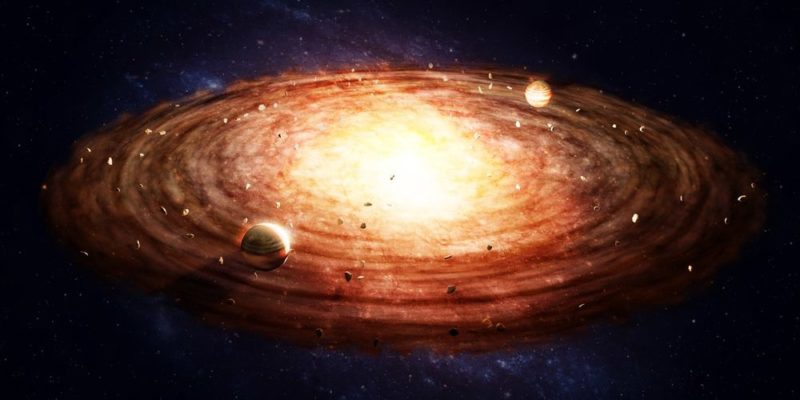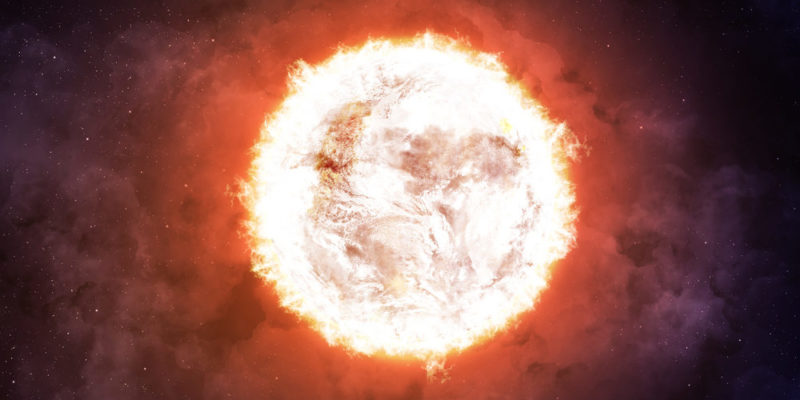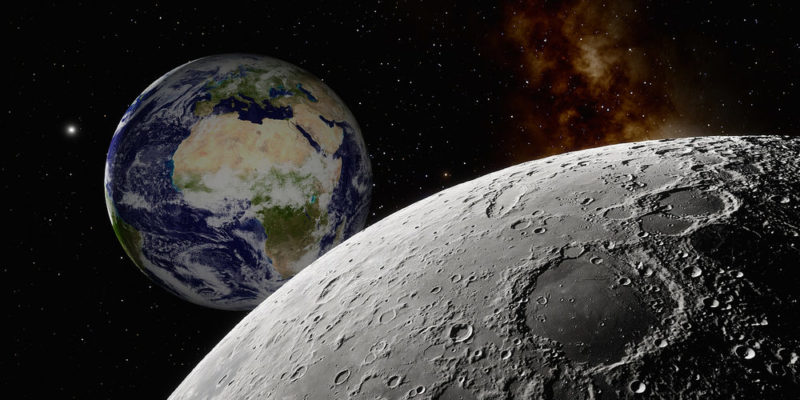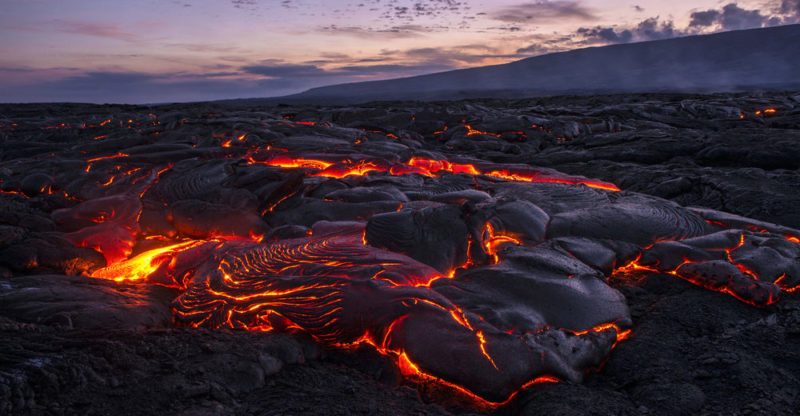Azoic - what is it, division, climate, geology and characteristics
Azoic
We explain what the Azoic Aeon was, how the Solar System, the Earth and the Moon were formed. Also, what are its characteristics and importance.

What was the Azoic?
It is known as Azoic Eon, Hadic Eon, Hadean Eon, Azoic Era (incorrect) or simply as Azoic at the earliest and longest division of the geological timescale . It is the first of the Supereón known as, that is, prior to the great explosion and diversification of the one that occurred at the beginning of.
The Azoic begins in the most remote possible times: those of the formation of our planet itself, about 4657 million years ago . It culminates at some point close to 4,000 million years, approximately, with the transit towards it.
Their names come from ancient Greek and means on one hand "without life " or "animals" ( " to -" and " zoe " azoico ) , since this period is before the appearance of life on, and the other "infernal" or "underworld", since Hades is the name given to the land of the dead.
The study of this time is extremely difficult, since it is not necessary to find and most of the stones from this time have changed over millions of years of transformations. One of the few known minerals dating from this time (hadic rocks) are zircon crystals.
Origin of the Solar System

We do not know too much about the formation of our, with their and the in the center.
However, it is known that the elements that gave rise to it were gas and stardust .
Indications of the relative abundance of heavy elements suggest that they stem from previous space cycles, such as a supernova, the explosion of an old, massive star.
In its interior, nuclear fission was already generating elements heavier than helium and helium , abundant in the heart of our tutelary star, the Sun.
Thus, by action of its own and internal atomic reactions, both the content in eternal combustion that makes up the Sun , as well as the planetesimals (flattened disks of and dust) would have been formed. From them emerged the 8 known planets, their and the asteroids that make up the in the middle of the Solar System.
Origin of the Earth
It is not known exactly how our planet and its neighboring planets were formed. However, observing similar phenomena from a distance, a theory was arrived at: the remaining matter of the Sun's formation, united and stabilized , initially agglomerated in a planetesimal disk, more than 4,500 million years ago.
This is the nebular hypothesis, which proposes that our planet was formed from a cloud of dust and gases , the gravity of which caused them to converge and intermingle. It condensed and cooled enough to have a firm and defined shape, rounded due to its movements. Thus it began to exist as what we normally call a planet.
Origin of the Moon

The most accepted theory about the formation of our natural satellite is the so-called "Great Impact Hypothesis". According to her, the Moon was part of a protoplanet that shared Earth's orbit and that some call Tea , Theia, or even Orpheus. This protoplanet would have collided with the early Earth around 4.533 million years ago.
As they did so, the cores of the two fused, but left a scattered ring of debris from their bodies, floating around . These would have given rise to two natural satellites, one of which ended up crashing back into Earth, at that time little more than a melt of rock molten or vaporized at 4,000 ° C.
The other satellite remained at the necessary distance to orbit around it and today it is known as the Moon.
Azoic Division
Given the few geological records that have survived from such early times, there are no proposed subdivisions for the Hadic or Azoic Aeon . Everything that happened more than 4 million years ago is simply considered part of it.
Geological characteristics of the Azoic

The geological history of the Earth begins in the azo, with the formation of the earth's crust and the cooling of the planet's core .
Its early stages, of intense volcanic activity and frequent bombardments from outer space and the Solar System, allowed the contribution of minerals and sediments that ended up originating the first cratons: proto-continental nuclei that moved in the Earth's mantle in a similar way to those of today .
In the next eon these cratons came together and drifted apart, changing their shapes and growing into shields , the cores of today's continents. It is difficult to determine exactly what kind of geological changes occurred in the Azoic.
Azoic climate

The primitive that formed next to the planet was a mass of gases very different from what it is today. Initially it was a mass of organic vapors similar to ammonia, methane and neon , seething over the mantle of liquid earth rock at thousands of degrees.
For the necessary cooling and stabilization of the atmosphere to take place, it took a long time, but also the contribution of fundamental compounds that is presumed to come from volcanism and the bombings of that time: hydrogen, together with water vapor.
With these two gases in the atmosphere, a stabilization and a decrease in temperatures began to take place , which allowed the appearance of liquid water (despite temperatures of around 230 ° C) and the consequent cooling of the entire planet.
The presence of the liquid on the planet dates from practically its birth (around 4.4 billion years), according to the study of Haedic zircons. In any case, the whole period was infernally hot and incompatible with life as we understand it.
Living things in the Azoic
In principle, life did not exist during the stages of primary formation of our planet . The first recorded date from the following eon (3,500 million years ago).
However, there are theories that affirm that since the presence of liquid water and sources of water on the planet, it is likely that the organic chemical processes that would lead to the appearance of the first primitive forms of life, were the self-replicating RNA , the coacervates or whatever.
The oldest rocks in the world

The oldest minerals on the planet have been found in the sedimentary region of western Canada and in the Jack Hills region of Australia.
In both cases they are individual crystals of zircon or zircon , a mineral composed of zirconium silicates (ZrSiO 4 ), with a variable color but more or less transparent and yellowish. It is one of the most abundant on Earth, dating 4.4 billion years ago, practically as old as the planet itself.
Importance of the Azoic
The Azoic is a dark period in the history of the planet, but fundamental: the basic chemical reactions for the establishment of the planet and to start life took place within its more than 500 million years of duration.
Also at this time the primary formation of the planet occurred . Questions about how it all started are found, salvageable or not, in this remote eon.
Next Aeon: the Archaic
During the Archaic eon (the intermediate eon of the Precambrian supereon) life arose on our planet , although in primitive conditions very different from what would come in the following millennia.
Sometimes the Hadic or Azoic aeon is included as a remote and primordial part of the Archaic , since it is not known for sure when one ends and the other begins.
Update date: February 18, 2021.